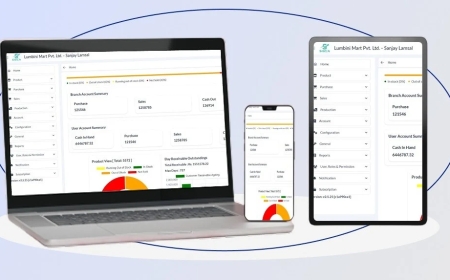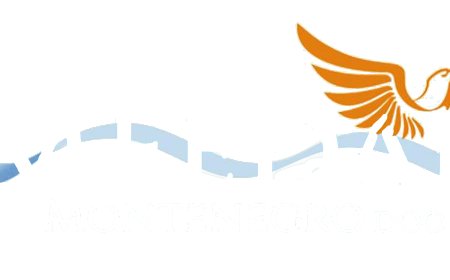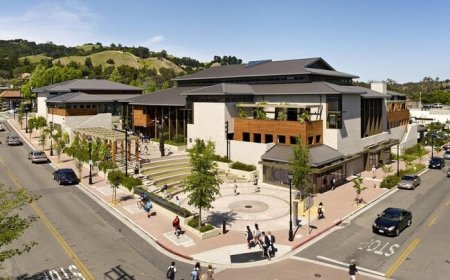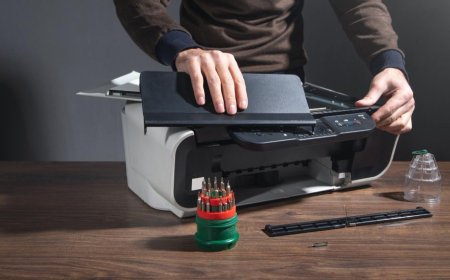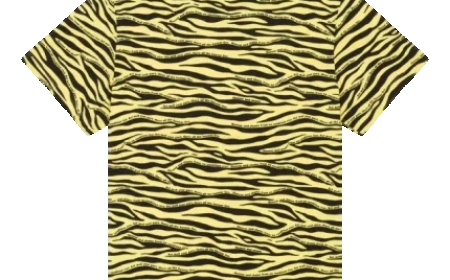Right Executive Office Table for Productivity and Professionalism
In todays fast-paced business environment, the layout and design of an office play a crucial role in shaping employee productivity, client impressions, and overall business success. One of the most vital yet often overlooked elements of an office is the executive office table. More than just a piece of furniture, the executive table is the centerpiece of a decision-makers space. It reflects authority, taste, and professionalism while also significantly influencing workflow, organization, and comfort. Whether youre redesigning your corporate headquarters or setting up a new executive suite, understanding the role and impact of a well-designed executive office table is essential.
A good executive office table is more than a stylish surface; its a functional space designed to enhance focus, encourage communication, and present an image of leadership. These tables are often used for multitasking holding meetings, handling paperwork, working on a computer, and even taking private phone calls. The quality, size, and layout of the table can make these tasks easier or more difficult. When executives feel comfortable and confident in their workspace, their performance and morale often improve. This is why selecting the right executive table is not just an aesthetic choice, but a strategic investment.
Factors to Consider When Buying an Executive Office Table
When selecting an executive office table, there are several factors to consider. Size is the first consideration. An executive table should offer ample workspace without overpowering the room or limiting movement. It should provide space for computers, documents, accessories, and any personal items the user needs daily. Ideally, it should also leave enough room for chairs on the other side to host internal or client meetings comfortably.
Material is another important aspect. High-quality wood, glass, or metal can project an image of strength and sophistication, while lower-grade materials might not offer the same durability or appearance. Solid wood tables often exude elegance and authority, making them a popular choice in law firms and high-end offices. For a more modern aesthetic, tempered glass or sleek metal frames offer a contemporary edge.
Ergonomics also play a critical role in choosing the right executive table. Features like adjustable height, built-in cable management, and drawer accessibility can all influence comfort and productivity. A poorly designed table can lead to poor posture, neck and back strain, and general discomfort all of which can detract from an executives ability to perform at their best. On the other hand, a table that supports healthy posture and efficient work habits can dramatically boost long-term performance.
Style, Aesthetics, and Office Harmony
The visual appeal of an executive office table cannot be overstated. The table serves as a reflection of the executives personality and the companys branding. A cluttered or outdated table can project a sense of disorganization, while a sleek, modern setup can give the impression of innovation and leadership. Color, finish, and design style should align with the rest of the office dcor to maintain a cohesive look.
For example, if the office interior embraces a minimalist design, then a simple yet elegant executive table with clean lines and neutral colors would be ideal. Conversely, a traditional or classical office theme may demand a large, ornate wooden desk with carved details and brass handles. Ensuring that the executive office table complements the surrounding furniture, wall colors, and even lighting can elevate the entire rooms ambiance.
Modern executive tables also offer integrated features such as hidden compartments, wireless charging stations, modular sections, and eco-friendly materials. These innovations are not only practical but also show that the company values both technology and sustainability. Choosing a table that incorporates these elements ensures long-term relevance and appeal.
Impact of Executive Tables on Work Culture and First Impressions
In many ways, an executive office table sets the tone for professional interaction. Clients and stakeholders who walk into an executive office often form instant impressions based on the furniture and setup. A luxurious, organized table can reinforce confidence in leadership and company values. On the other hand, a cluttered or poorly chosen table might send the wrong message about the businesss priorities or attention to detail.
Moreover, an inspiring workspace can positively influence the work culture. When executives model productivity and organization through their own spaces, employees often follow suit. A well-furnished executive office can also boost morale among junior staff, as it demonstrates the companys commitment to professionalism and workplace comfort. In companies where executives regularly hold meetings with clients or team members at their desks, the table serves as a mini-conference area, making functionality and design all the more critical.
Customization and Flexibility for Executive Needs
Not all executives work in the same way, which makes customization an essential feature of a modern executive office table. Some may require large surface areas for paperwork and dual monitors, while others may prioritize minimalism and require only space for a laptop and a few documents. Choosing a table that fits the users daily habits can reduce clutter and maximize efficiency.
Modular furniture designs allow executives to rearrange their setups as their responsibilities change. This adaptability is especially important in todays dynamic business world, where job functions and technology are constantly evolving. Investing in a customizable executive table ensures it will remain useful and stylish for years to come.
Additionally, flexibility in layout supports different office configurations. Some executives prefer an L-shaped or U-shaped table to compartmentalize different tasks, while others may opt for a central island design. These choices can be aligned with the room's size, lighting, and ventilation to further improve the overall environment.
Sustainability and Long-Term Investment
Businesses are increasingly conscious of environmental responsibility, and furniture is no exception. Many brands now offer executive office tables made from recycled or sustainable materials. These eco-friendly options are not only better for the planet but also contribute to corporate social responsibility (CSR) goals. Showing a commitment to sustainable choices can also appeal to clients and employees who value environmental ethics.
Additionally, investing in a high-quality table means fewer replacements and repairs over time. A durable executive table maintains its appearance and functionality over the years, reducing long-term costs. By selecting a product that balances aesthetics, ergonomics, and sustainability, businesses can benefit from a reliable piece of furniture that supports their goals well into the future.
Conclusion
Choosing the right executive office table goes far beyond picking something that looks good. It requires thoughtful consideration of function, style, comfort, and durability. From improving daily workflow to creating strong first impressions and reinforcing corporate culture, the executive table plays a pivotal role in a companys operational success. For businesses looking to elevate their professional image while enhancing executive productivity, finding a well-crafted table is a must. Whether youre furnishing a corner office or revamping your leadership workspace, trust in experts like office furniture supplier Philippines to provide solutions that blend elegance with efficiency.




